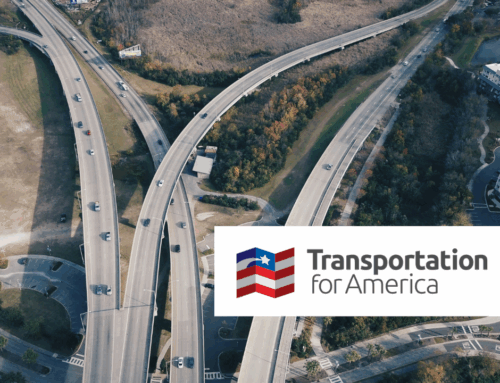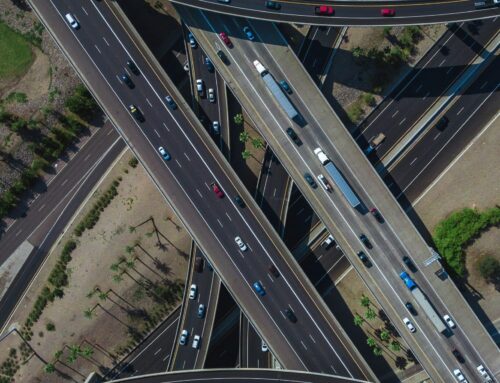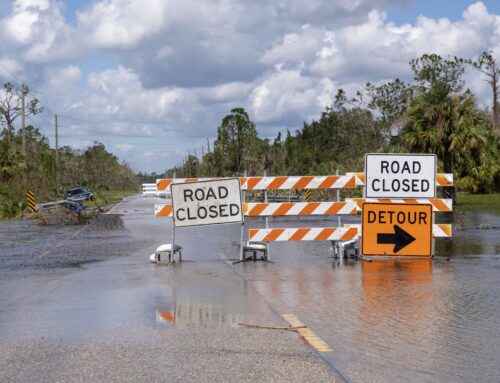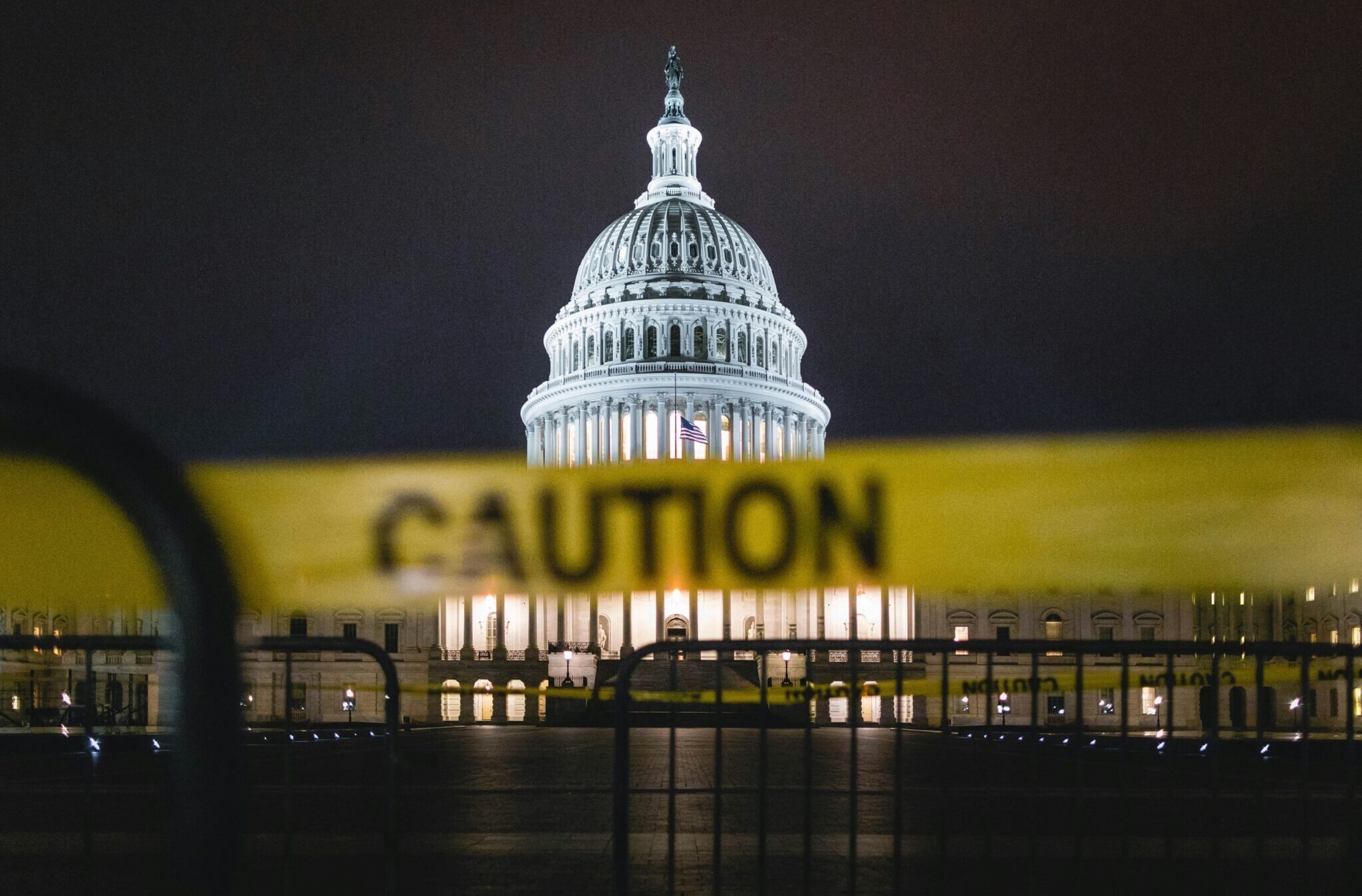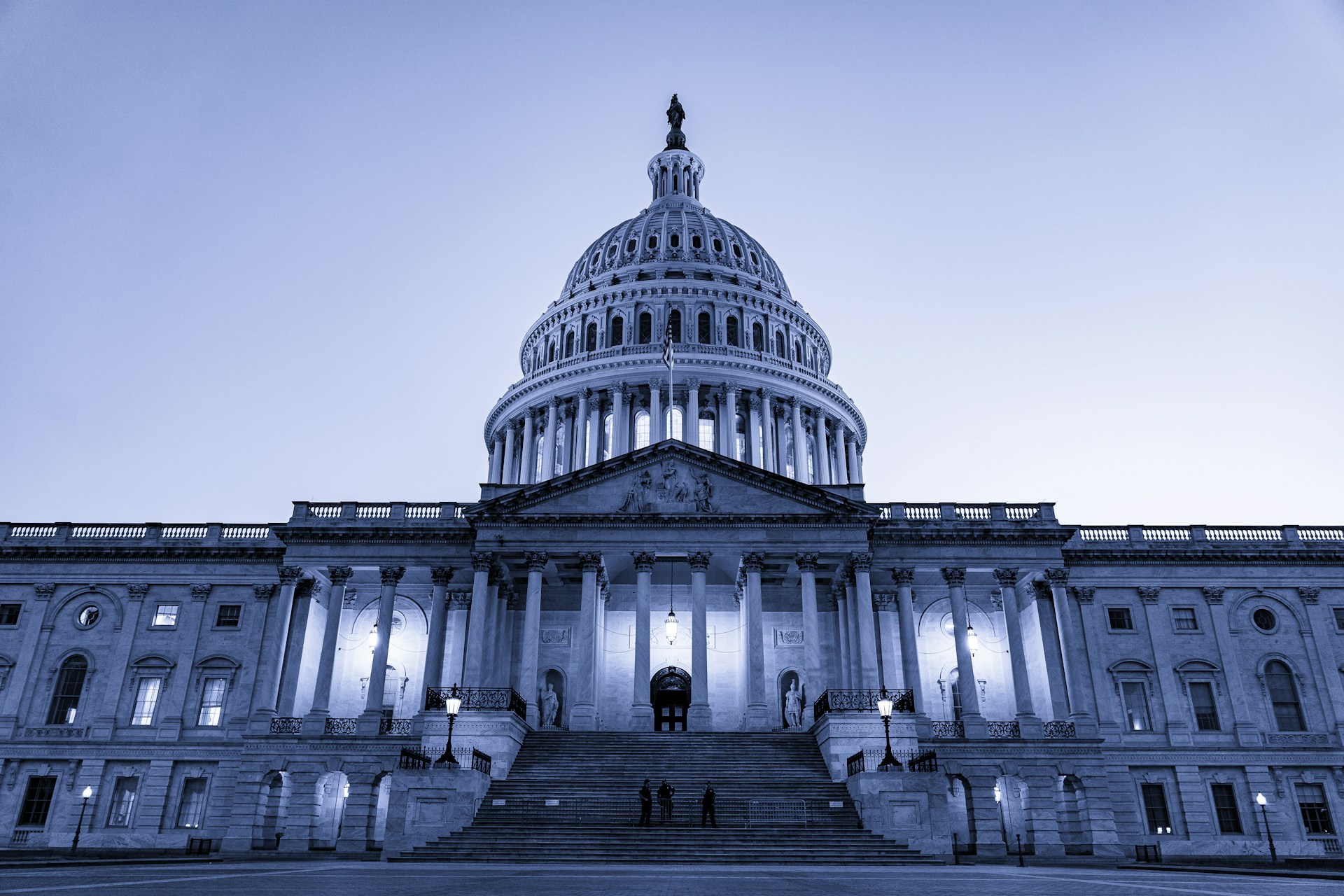It could be a bumpy ride ahead for transportation financing in the United States. The Highway Trust Fund (HTF), initially conceived when annual vehicle miles traveled (VMT) and motor fuel tax revenue were rising rapidly, has been running on empty for a while. Policymakers just don’t want to deal with fixing the financing. The HTF is a formula-based program that finances the construction and maintenance of the nation’s highways and public transportation infrastructure. Established in 1956, the HTF has been primarily funded by taxes on motor fuels. However, since 2001, the revenues from these taxes have not kept pace with spending, leading to shortfalls and federal bailouts.
A variety of factors are weakening the link between driving activity and motor fuel tax revenues. Years of improved fuel economy are reducing the average amount of fuel used per mile of travel. The Federal Highway Administration projects VMT will grow at an annual average of roughly 0.7 percent per year over the next 30 years, a significant decrease from the previous 30-year average of 1.7 percent. Additionally, the expanding fleet of electric vehicles (EVs), which pay no fuel taxes, is raising equity issues.
Furthermore, the fuel tax is stuck at 18.4 cents per gallon (24.4 cents for diesel)—where it was set thirty years ago. Construction material costs have grown faster than overall inflation in the last few decades, dramatically reducing the purchasing power of HTF.
Since 2008, this gap between the dedicated tax revenues flowing into the HTF and the amount of surface transportation spending Congress has authorized has been filled by transfers, largely from the regular tax revenues or borrowing, totaling $275.2 billion, or roughly 26% of actual and projected outlays.
The Infrastructure Investment and Jobs Act (IIJA), which had $1.2 trillion in federal spending over five years, included $118 billion in transfers to keep the HTF solvent for the life of the act. This approach—repeated transfers from Treasury—has effectively become the de facto funding policy for the past 18 years and is projected to continue. The Congressional Budget Office anticipates a shortfall of $149.7 billion over the five fiscal years following the expiration of the IIJA.
However, the IIJA also introduced a new funding structure for surface transportation by providing additional, non-HTF funding through advance multiyear supplemental appropriations, which are not subject to subsequent annual appropriations acts. This includes $47 billion for highways and $21 billion for public transportation over FY2022-FY2026.
The IIJA also expanded the use of authorizations that are contingent on future appropriations acts, which means that while the act authorizes certain spending, the actual allocation of funds will depend on future decisions made by Congress. The act provided over $33 billion in such authorizations for highways and public transportation. This is in addition to the traditional HTF spending authority and the new multiyear advance appropriations introduced by the IIJA.
IIJA’s combination of spending—traditional HTF spending authority, multiyear supplemental appropriations, and authorizations subject to future appropriations—represents a departure from the traditional trust fund-based system of user pays. This raises questions about the future role of the HTF and whether Congress will completely abandon a policy of having a self-sufficient, user-tax based trust fund system for financing highways and public transportation.
Lawmakers need to find a better way to finance our transportation infrastructure. The current system is not working, and it shows. One in five miles of highways and major roads are in poor condition. The nation’s bridges have been given a C grade by the American Society of Civil Engineers (ASCE), with about 7.5% considered structurally deficient and a rehabilitation backlog estimated at $125 billion. Public transit systems similarly face a repair backlog of over $105 billion. Overall, the ASCE’s 2021 Infrastructure Report Card gives the U.S. infrastructure a grade of C-.
In our Repair Priorities report with Transportation for America we found that many states—who drive the surface transportation investment decisions – are making things worse by investing in new construction rather than a fix-it-first approach. New construction today is tomorrow’s maintenance backlog. And ignoring maintenance is costly both for motorists and for repair. It costs a lot more to take a bad road and make it good than it does to simply maintain a road and keep it in good condition.
Even with making fix-it-first a priority there will be a funding shortfall. One potential solution for additional funding is to consider increasing existing fuel tax rates. However, this approach faces challenges, especially with the anticipated reduction in motor fuel consumption. This decline puts into question the fuel tax’s long-term efficacy as a reliable source for escalating surface transportation expenses. Consequently, this necessitates the exploration of alternative funding mechanisms to support these transportation needs.
Various other funding strategies have been proposed to address the financing of surface transportation. These include implementing a Vehicle Miles Traveled Charge, which levies a fee based on the distance a vehicle travels, offering a potentially fairer system, especially as electric and fuel-efficient vehicles gain popularity. An EV has the same impact driving on roads as a traditional vehicle. An Electric Vehicle Fee has been suggested, targeting vehicles that do not contribute to gas tax revenues. Additionally, a Carbon Tax could serve dual purposes: reducing carbon emissions and generating funds for transportation infrastructure.
Tolling similarly offers a direct user-pay approach, financing specific heavily utilized roads, bridges, or tunnels. Public-Private Partnerships (PPPs) have been touted as an opportunity to draw private investment into infrastructure projects, potentially easing the public funding burden. But we have seen many of these improperly structured and after the PPP fails, taxpayers are left holding the bag. Further, Value Capture Tools, like tax increment financing and special assessments, have been proposed as a way to leverage the increased property values resulting from infrastructure improvements to fund these projects.
From our perspective, the continued reliance on general fund transfers to sustain the HTF, coupled with the projected decrease in VMT growth and the rise of EVs, suggests a need for a new financing strategy. Buckle up, as we will be evaluating the good and not-so-good ideas coming down the road.


